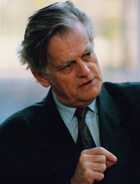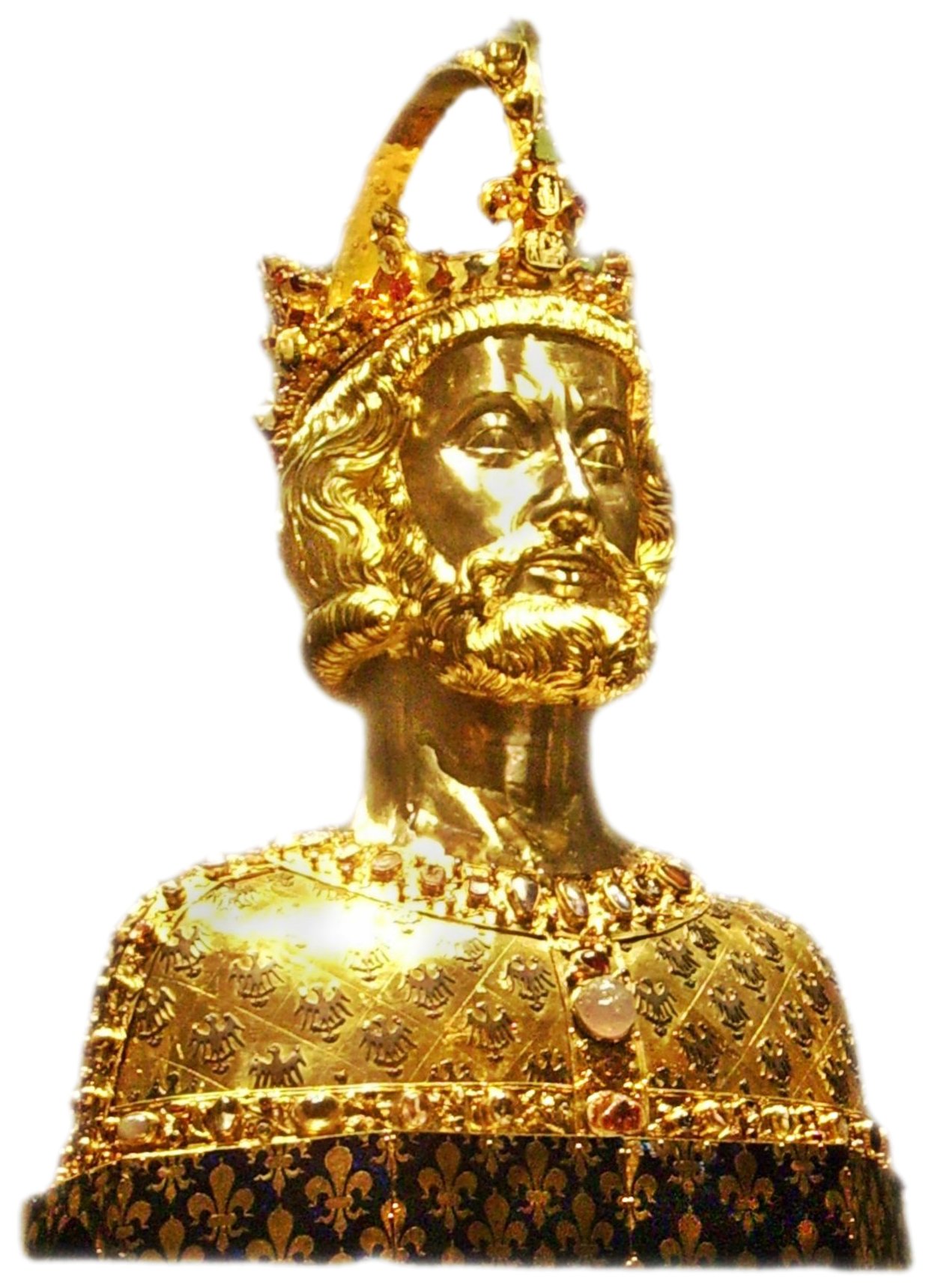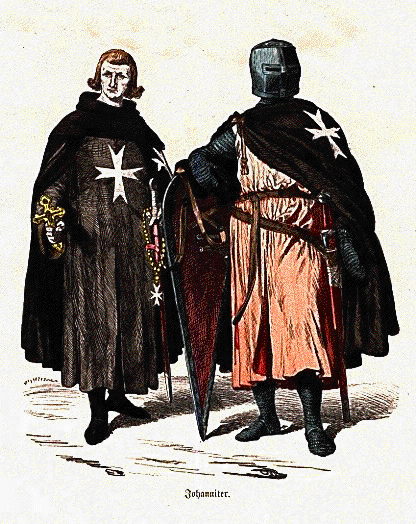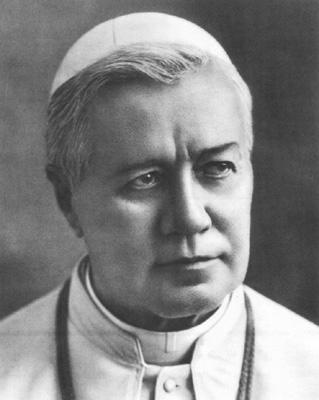SPECIAL RELATIVITY:
CHALLENGING THE DOGMATIC MAGISTERIUM
OF MODERN SECULAR SCIENTISTS
(Post 3)
CHALLENGING THE DOGMATIC MAGISTERIUM
OF MODERN SECULAR SCIENTISTS
(Post 3)
As for the advance of the perihelion of Mercury's orbit, another famous confirmation of general relativity, Bethell reports that the equation that accounted for Mercury’s orbit had been published 17 years earlier by Paul Gerber, before GR had even been hypothesized.
Van Flandern’s simpler explanation dispenses with Einsteinian relativity altogether and re-visits the concept of a light-carrying medium, aether. An atomic clock moving through the aether will run slower because each sub-atomic electron orbits more slowly. Time does not slow down – the clocks do. Says Van Flandern, all the experiments that supposedly confirm special relativity do so because all have been conducted in laboratories on the Earth's surface, where every single moving particle, or moving atomic clock, is in fact ploughing through the Earth's gravitational field, and therefore slowing down.
But what about E=mc^2?
Alternative derivations of this equation existed and, indeed, Einstein provided one himself in 1946 without any derivation from SR.
Many consider that the GPS is a proof of the applicability of SR and GR. It is claimed that without the relativistic corrections (which amount to 38 microseconds/day) the error in the determination of the position would accumulate quickly to values much larger then the observed accuracy – some 10km/day, you claim.
In fact, the positional error due to SR is about 0.8cms which is a tiny figure.
It is far less than the presently claimed accuracy of GPS of a few metres, so the SR/GR effect is, on its own terms, virtually irrelevant.
However, the SR/GR adjustments that are currently being made do make a difference – but an adverse one. If they were correct then the GPS would be very accurate but the truth is the system has an accuracy drift and no matter what adjustments are made to it, the system needs constant adjustment to maintain some sort of accuracy.
The most famous experiment involving time dilation was probably that of Hafele and Keating undertaken in October 1971. The experiment involved the use of atomic clocks. One placed at the United States Naval Observatory (USNO) another four clocks were placed on scheduled aircraft and flown twice around the world, some heading east and the others heading west.
 |
| The late Dr Alphonsus Kelly, not only a great engineer, manager, thinker and writer but the nicest bloke you could ever wish to meet. RIP, Al, old friend. |
These critiques are not argued against but are simply dismissed by some as “not peer-reviewed” and so ignored. However, as Kelly himself found, just like Dingle, the established journals wouldn’t even consider any challenge to the current dogma and so refused to publish. This is more indicative of an increasing lack of respect for true academic freedom and a growing intolerance within the scientific establishment. If the peer-reviewers are themselves unwilling to publish any challenge to the current dogma then their dismissal of such challenges merely for lack of peer review becomes merely self-serving.
Remarkably, Hafele, in his own report, stated that:
“Most people (including myself) would be reluctant to agree that the time gained by any one of these clocks is indicative of anything” and “the difference between theory and measurement is disturbing” .
An analysis of the shortcomings of the tests is given in Kelly’s 1996 paper assessing the results . This shows that a test of an accuracy improvement of two orders of magnitude would be required, before any credence could be placed in the results of such a test.
Later, on the 25th anniversary of the Hafele-Keating experiment, another time dilation experiment was undertaken by the National Physics Laboratory and involved flying a much improved atomic clock from London to Washington and back again and was filmed by the BBC’s Horizon programme.
This, too, has proved controversial. The experiment was undertaken to test if velocity could account for time dilation, so only the height, speed and estimated position were monitored. No data on the aircrafts’ acceleration, nor the forces of acceleration when and if the aircraft experienced any turbulence during the flight, was recorded in either of the experiments. This experiment has never been examined from the point of view of acceleration only. No account has been taken for turbulence during the flight or differences in the acceleration during take-off and landings.
If SR/GR were correct then the GPS would be very accurate but the truth is the system has an accuracy drift and no matter what adjustments are made to it, the system needs constant adjustment to maintain some sort of accuracy. The rate at which adjustments are needed to correct the system for the accuracy drift is increasing and in about ten years or less the GPS will (without further adjustments) become useless, unless the reason for this drift is found.
However, as Kelly showed, it was Georges Sagnac’s experiment of 1913 which put a spoke in the wheels of SR by disproving it experimentally. No-one has gainsaid Sagnac's result.
The accuracy of Sagnac’s test was 1:100. Macek and Davis, using lasers, achieved an accuracy of 1 in 10^12. Bilger et al, used a fixed ring-laser and achieved 1 in 10^20.
Einstein did not address the contradiction to his theory in the Michelson-Gale test even though he visited the team working on this problem in 1921 and he does not appear ever to have referred to the Sagnac test at all.
On a disc of huge radius a short light path approaches a straight line. It follows that an observer aboard an object which is travelling in a straight line at constant speed ±v, relative to the laboratory would, if it could be measured, record the speed of light, relative to oneself, as c - or + v. That observer would record "time" as the very same as observers in the laboratory.
Thus it is not “time” that changes, as claimed by SR, but the speed of the light that changes, relative to the observer aboard the object moving at uniform relative speed.
Crash goes the primary assumption of SR.
Some authors, e.g. Post, say that the Sagnac effect can exist as well as the SR effect. This cannot be so, because the Sagnac effect proves that light does not travel at the same speed relative to observers in uniform relative motion. The Sagnac effect is in direct contradiction of SR.
So said Kelly, reviving the Sagnac test, and he therefore proposed, as a result, a new theory. He said light, generated upon the Earth, travels with the Earth on its orbit around the Sun, but does not adapt to the spin of the Earth upon its axis.
...















.jpg)


























_-002.jpg/220px-Circle_of_Anton_Raphael_Mengs,_Henry_Benedict_Maria_Clement_Stuart,_Cardinal_York_(ca_1750)_-002.jpg)



No comments:
Post a Comment